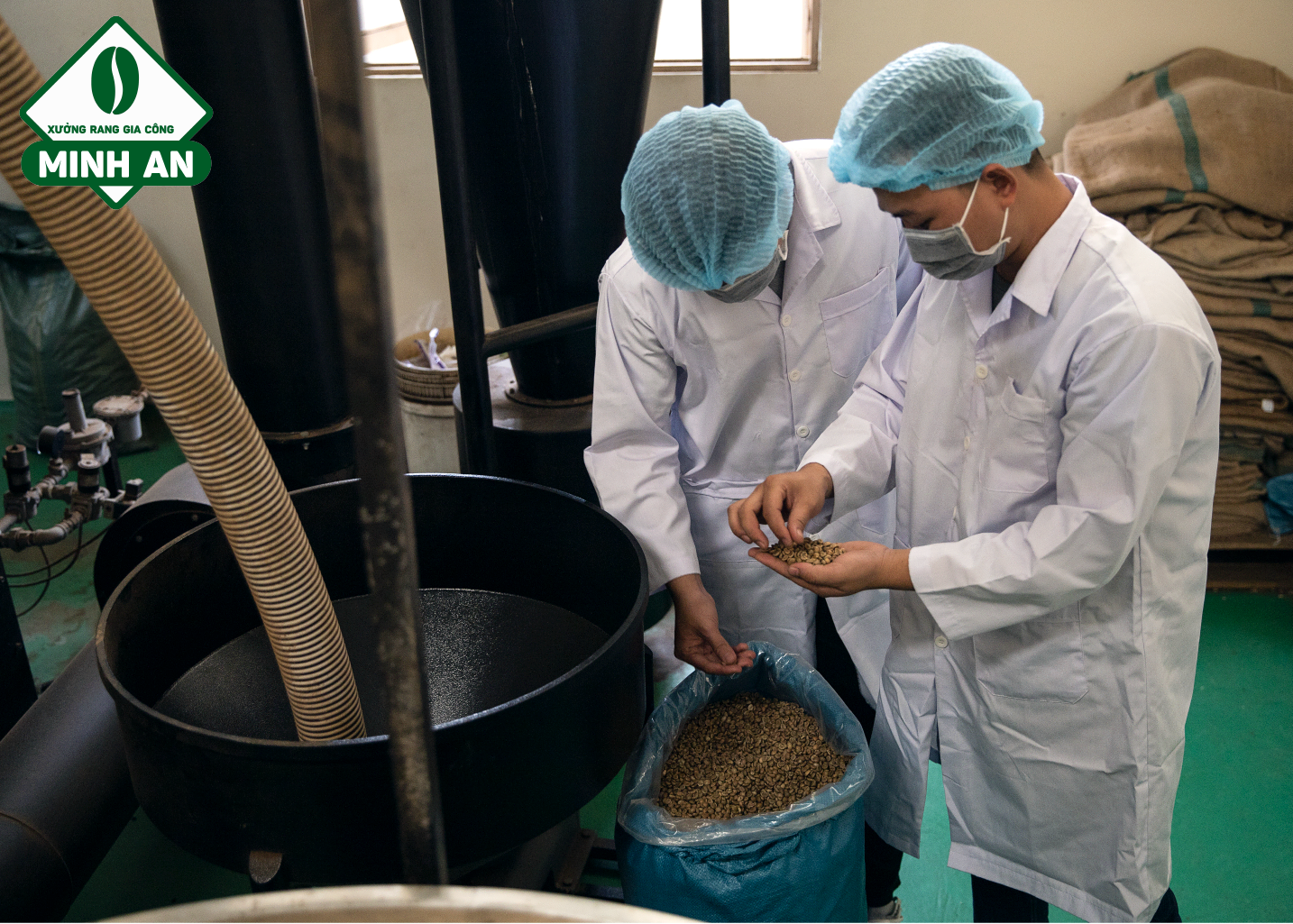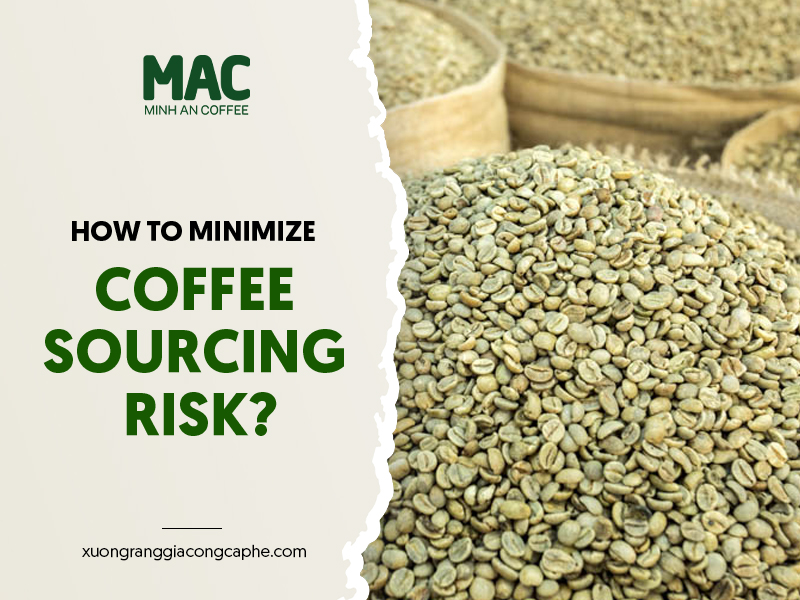In the coffee industry, sourcing coffee beans from various suppliers can offer many benefits, but it also comes with its share of risks. Factors such as price fluctuations, inconsistent quality, supply chain disruptions, and changes in demand can significantly affect your business. Therefore, minimizing sourcing risks is crucial for a sustainable coffee supply. Below are key strategies to reduce the risks when coffee sourcing.
1. Choose Reliable Suppliers
One of the most effective ways to minimize sourcing risks is by partnering with trustworthy suppliers. Choosing coffee suppliers with a long-standing history and commitment to quality will help mitigate issues related to product quality, delivery delays, and contract disputes. Especially when working with coffee exporters, partnering with those who hold certifications and have transparent production processes ensures that the products meet international standards.
Minh An Coffee is a prime example of a supplier providing consistently high-quality coffee, meeting the rigorous demands of both domestic and international markets. Minh An Coffee guarantees a stable supply and products of the highest quality.

2. Diversify Your Supply Sources
Another strategy to reduce risks is to avoid reliance on a single supplier. Diversifying your sources will allow you to reduce risks associated with potential disruptions from one supplier. If one supplier faces production issues or delays, you can find an alternative source without interrupting your supply chain.
Additionally, diversifying suppliers gives you more options when it comes to the quality of coffee beans, allowing you to select the best products suited to your needs and market demands.
3. Monitor the Coffee Market and Price Fluctuations
Coffee is a commodity with high price volatility, and its cost can fluctuate depending on factors like seasonality, regional conditions, and global economic trends. Keeping track of the market and factors influencing coffee prices will help you plan for potential risks.
Large companies and importers often monitor industry reports and coffee price indexes to make informed purchasing decisions. You can also explore price hedging tools or futures contracts to lock in coffee prices and minimize risk from price fluctuations.
4. Ensure Quality Through Inspections and Testing
To ensure the quality of your sourced coffee, you should implement strict quality control measures at every stage of the supply chain. This will not only minimize the risk of poor-quality products but also help you build trust and credibility with your customers.
Minh An Coffee follows international standards to check the quality of coffee at various stages of the supply chain. From selecting the raw coffee beans to the roasting process and final packaging, every step is carefully inspected to ensure that the product delivered to your customers is of the highest quality.






